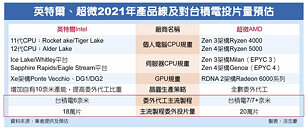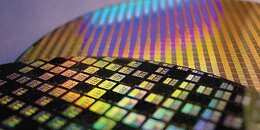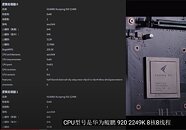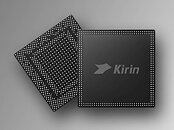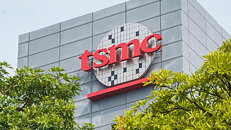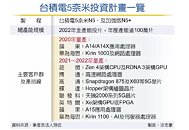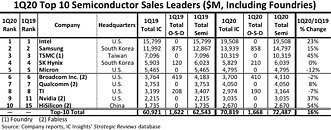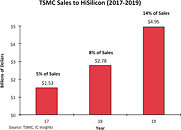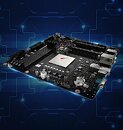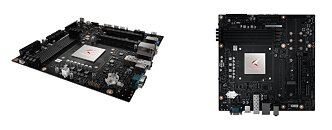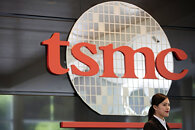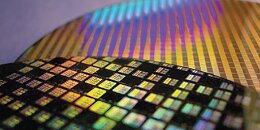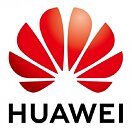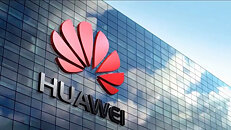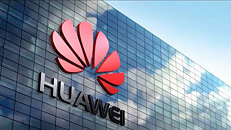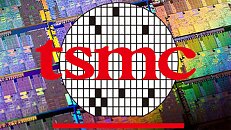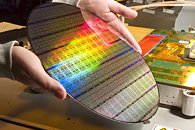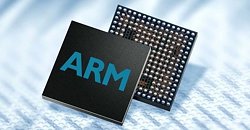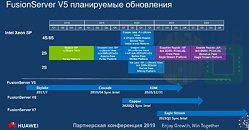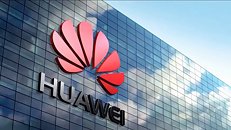Diversity is the name of the game when it comes to the edge Artificial Intelligence (AI) chipset industry. In 2019, the AI industry is witnessing the continual migration of AI workloads, particularly AI inference, to edge devices, including on-premise servers, gateways, and end-devices and sensors. Based on the AI development in 17 vertical markets, ABI Research, a global tech market advisory firm, estimates that the edge AI chipset market will grow from US $2.6 billion in 2019 to US $7.6 billion by 2024, with no vendor commanding more than 40% of the market.
The frontrunner of this market is NVIDIA, with a 39% revenue share in the first half of 2019. The GPU vendor has a strong presence in key AI verticals that are currently leading in AI deployments, such as automotive, camera systems, robotics, and smart manufacturing. "In the face of different use cases, NVIDIA chooses to release GPU chipsets with different computational and power budgets. In combination with its large developer ecosystem and partnerships with academic and research institutions, the chipset vendor has developed a strong foothold in the edge AI industry," said Lian Jye Su, Principal Analyst at ABI Research.
NVIDIA is facing stiff competition from Intel with its comprehensive chipset portfolio, from Xeon CPU to Mobileye and Movidius Myriad. At the same time, FPGA vendors, such as Xilinx, QuickLogic, and Lattice Semiconductor, are creating compelling solutions for industrial AI applications. One missing vertical from NVIDIA's wide footprint is consumer electronics, specifically smartphones. In recent years, AI processing in smartphones has been driven by smartphone chipset manufacturers and smartphone vendors, such as Qualcomm, Huawei, and Apple. In smart home applications, MediaTek and Amlogic are making their presence known through the widespread adoption of voice control front ends and smart appliances.



